As the July school holidays progressed we became more and more curious about the historic sites around Sydney. I think Vaucluse House was the catalyst for this small obsession so we just went with it and sourced lots of opportunities for exploration in the remain days we had off. Using the Sydney Living Museums site as a guide we discovered Rouse Hill House & Farm was open on one of our free days. T and I had visited many years ago and just knew the kids would enjoy the site.
Rouse Hill House & Farm can be found just off Windsor Road opposite Bunnings Warehouse, Rouse Hill. It is generally only open on Saturday and Sunday’s. On parking the car you will need to go into the information centre first. This is a fantastic place to start as there is a huge amount of information about the original inhabitants – the Darug people. Both Master R and Miss N enjoyed looking at all the different tools and listening to the stories spoken by elders. It was an introduction to the site which then moved to the European settlement.
When visiting Rouse Hill House & Farm it is important to note that the site is incredibly fragile. Leave your bags in the car as they won’t be permitted in the house. There are barriers throughout the house and you are asked not to touch anything. It has been left exactly as it was when the last inhabitants left back in the 1970s. Guided tours are the only way to enter the house and these are limited to around 15 people per tour. On busy days you may need to book in (which we discovered too late at Susannah House and lost the opportunity to go inside).
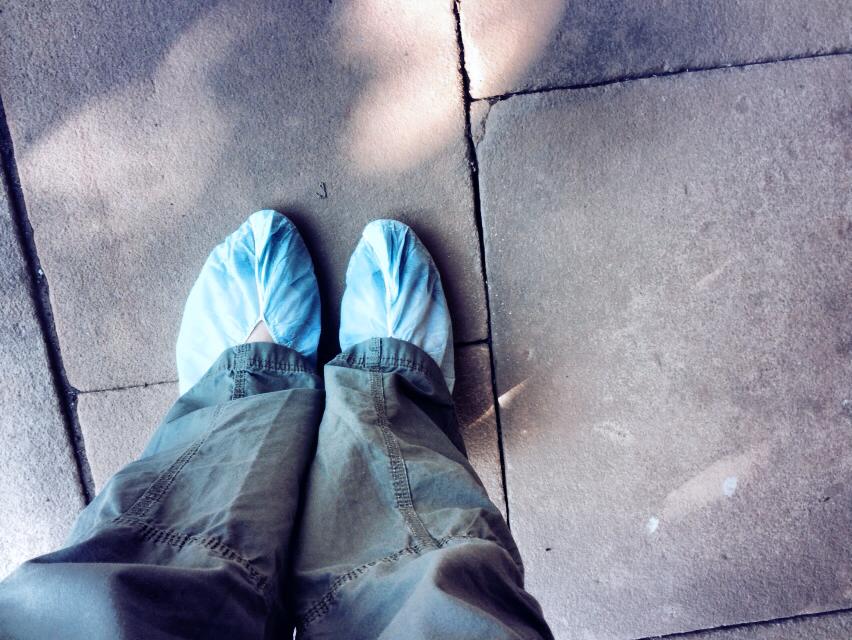
Before entering the house you will be asked to put small booties over your shoes to preserve where you are stepping. If taking images you will need to turn your flash off to prevent damaging the contents of the house. On walking through the doorway you will quickly realise that the house is set out quite symmetrically, a common feature of Georgian period houses. The reception area which you first walk into is very interesting and immediately informs you that the inhabitants were great hunt lovers. Their trophies (deer heads and the like) don the walls and there are a number of framed photographs of hunt groups including one that features Banjo Patterson who is said to have kept some of his horses on the farm.
Six generations of Rouse and Terry families lived in this house maintaing continual occupancy from the house’s construction in the 1800s until the late 1990s, when it opened as a museum. Each room is cluttered with artefacts. There is a melding of 19th century items with some from the 20th century including an old 1960s television can be viewed, as well as old paintings that hang above chairs from the 1840s.
Outside there are sheds littering the property as well as the most magnificent stables. On first entry you are likely to think the rafters of the stables have been over engineered, but the number of them serve a special purpose, allowing the air to circulate and be cooler than outside in the heat of summer. You will find the names of many notable racehorses in the stables. Some you will be familiar with, others not so much. Banjo Paterson is said to have his name on the ownership papers go one.
The stables were the end point of the guided tour. From that point we explored the grounds, summer house and bath house ourselves. In the summer house we found costumes waiting to be worn. Miss N, always loving a little drama, donned a skirt, top and bonnet in a hurry. Master R was enthused initially but became weary after realising there wasn’t much else to do other than walking around in his new get up.
The summer house is a wonderful building. Hannah Rouse and her husband put a lot of money into creating the most elaborate gutter system around the house which collected rain water and ran it into a number of water tanks around the property. One of these water tanks lies under the Summer House making it notably cooler under its roof than outside.
One of the other features we noticed was the original timber fencing posts. Although beginning to deteriorate, you can see how fences were constructed many years ago. We enjoyed feeding the cows before making our way to the original Rouse Hill school.
Our trip to Rouse Hill House and Farm was incredible. We were blessed with an outstanding tour guide – Hannah, who answered every question posed with a smile and was a font of so much information. Strangely, our paths would cross again on another adventure.


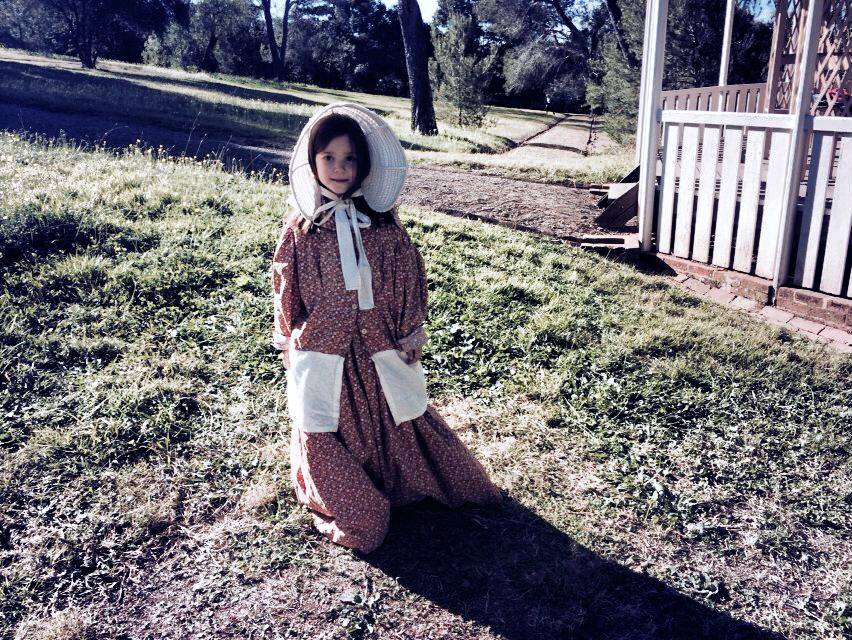
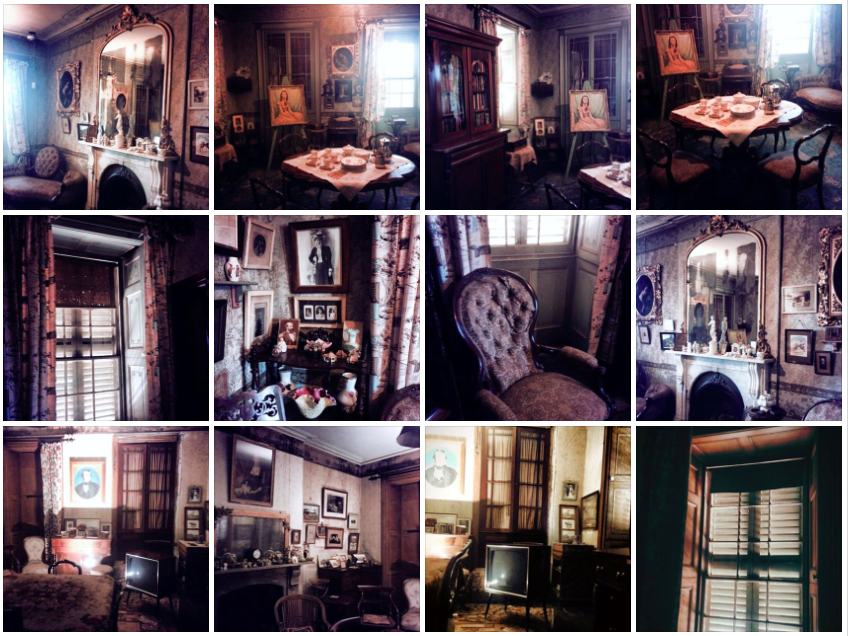
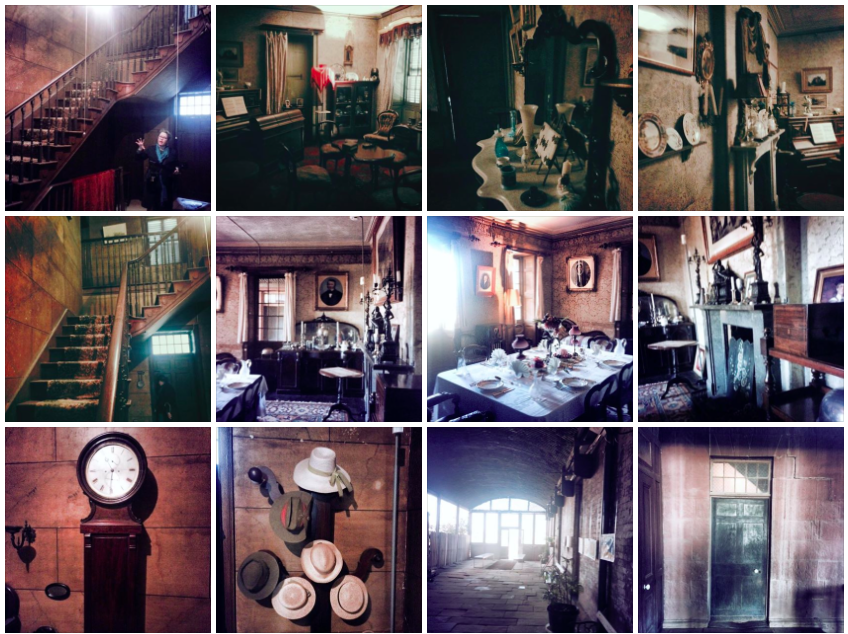
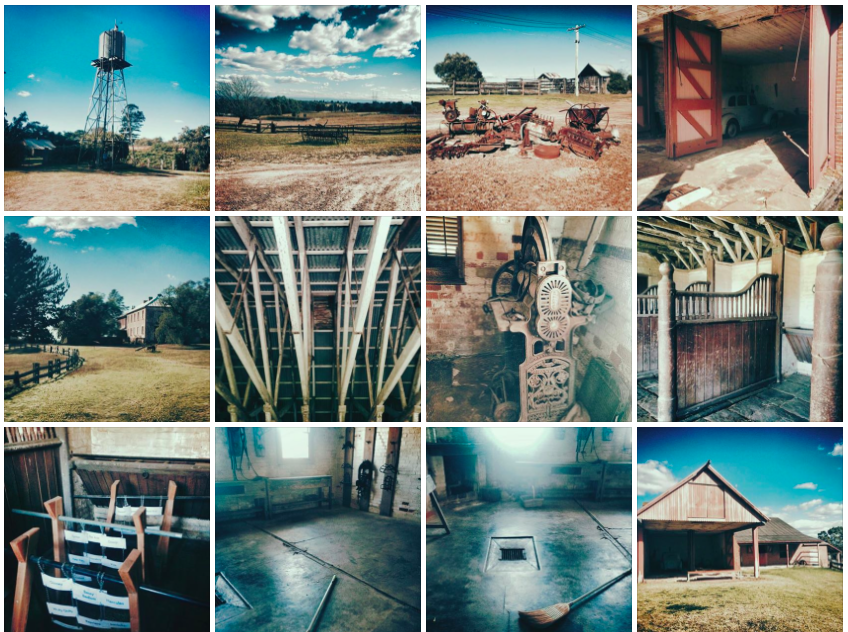

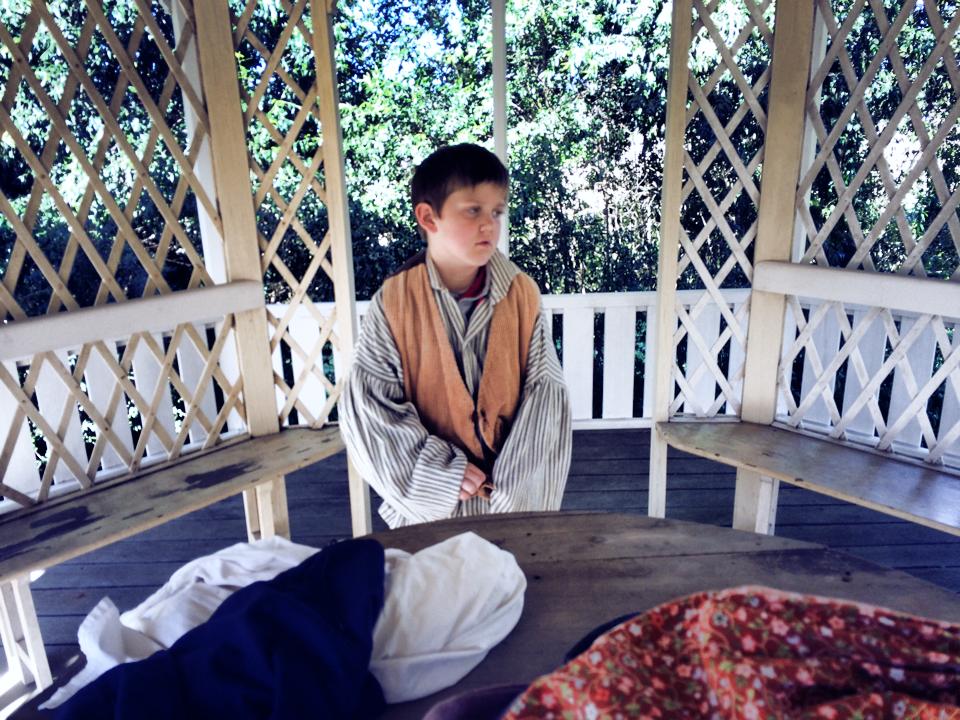


Sounds like they’ve taken a lot of trouble to preserve the history (love the dress-ups of the kids). Pinned for later!
They really have. It’s unlike many museums as they haven’t “fixed” it all up but have just conserved it from further deterioration
It’s good to see that. (Although the fixed-up ones have their own angle as well – but I like that there’s something “in the original” out there, too.)
Vaucluse House was a great example of a great house that’s been done up a little, but my favourite is Elizabeth Farm which is a hands on museum house. We jumped on the beds!!! I hope to post our adventures later this week 🙂
Wow! Jumping on beds! Now that’s definitely a kid-friendly museum!